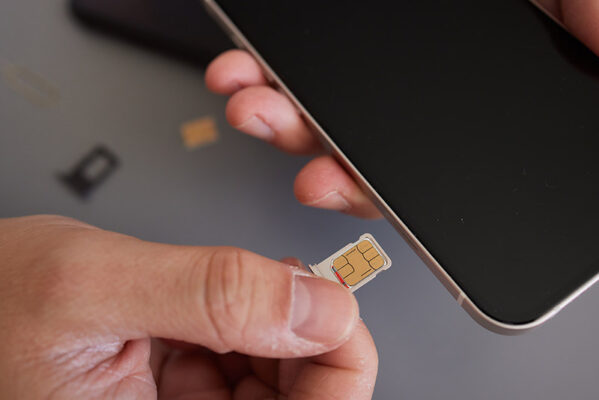The Benefits of Adopting eSIM Card Technology
By Jose Sanchez
September 3, 2024
Estimated reading time: 4 minutes
The ways we connect to our world are evolving fast. Technological capabilities are driving us beyond manual human-to-machine communication. The Internet of Things (IoT) enables devices to recognize and react to users’ needs without pushing a button. Current estimates say that the number of connected IoT devices will reach over 29 billion by 2027.

Traditional Subscriber Identity Module (SIM) cards are employed widely in IoT devices. However, they are no longer the most effective technology for cellular-connected things. These devices come in various forms with different implementation options and connectivity needs over their lifetime.
You must change traditional SIMs if:

It will take time before conventional SIM technology is fully phased out. Mobile devices still feature IoT-ready cards that transfer IoT data to upstream platforms and systems. However, traditional SIMs present clear limitations.
The bulky form factors occupy valuable space inside today’s ever-shrinking connected devices. This unusable space is problematic for those wanting to reduce the device size or add other components. Traditional SIMs are also another part item for manufacturers.
SIMs require customization with a preselected MNO, depending on where the product is deployed. Changing SIM cards for IoT-enabled sensors in remote locations can be costly and inconvenient. Field technicians may find it difficult to access these hard-to-reach places.

The evolving embedded SIM (eSIM) technology represents a significant step forward in overcoming these challenges. Embedded Universal Integrated Circuit Card (eUICC) and multiple International Mobile Subscriber Identity (multi-IMSI) technologies can increase IoT deployment speed and efficiency. In addition, they can reduce costs over your devices’ lifetime.
eSIM technology improves on these shortcomings. Because of this, eSIMs and integrated SIMs (iSIMs) continue to gain momentum in the IoT ecosystem. Market analysis by Techno Systems Research predicts rapid growth in the eSIM device market by 2024. The increased use of eSIM and iSIM in mid- and low-tier IoT devices will drive this growth.
According to an OMDIA report, the number of eSIM connections will increase to over 3.6 billion by 2030. Advances like GSMA’s SGP.32 eSIM specification will contribute to this growth. While the ecosystem today is getting closer to iSIM, it is not quite there yet.
With new rollouts, the technology will improve four major areas lacking in current SIM technology:
You don’t need to customize your mobile-connected products for their destination with a SIM chip or an integrated UICC (iUICC)-hosted SIM. Moreover, you no longer need to order, build and test MNO-specific SIM cards in the factory. This helps reduce the bill of materials (BOM) and production costs.
Never replace a SIM card again. Remote provisioning eliminates the need to physically remove and replace single-profile SIM cards in deployed IoT devices. Instead, you can remotely change the network carrier profile for your device over the air and securely from the cloud.
You have one global SIM for the life cycle of your IoT device. This future-proof global connectivity keeps your solutions flexible and sustainable.
IoT security, cyberattacks and evolving global cybersecurity regulations are significant concerns for most entities undergoing digital transformation. eUICC technology can act as a secure element for security credentials. It can protect IoT systems against spoofing attacks and improve overall system security. In addition, zero-touch onboarding ensures that your device can be registered automatically and securely without touching it.
With eSIM, you are not tied to a mobile network operator. You can change SIM cards at any point in the device’s life cycle. Moreover, because you can switch SIM cards remotely, you don’t need to worry about sending a technician on-site. Eliminating costly truck rolls can save up to $300 per device.
Telit Cinterion has connected over 200 million devices from 7,000 customers worldwide. Our comprehensive portfolio of IoT modules, connectivity services and platforms delivers connectivity and management capabilities. We can help you displace SIM cards in your IoT offerings and pave the way for the future with NExT™ eSIM provisioning services powered by Telit Cinterion.
Editor’s Note: This blog was originally published on 16 March 2018 and has since been updated.